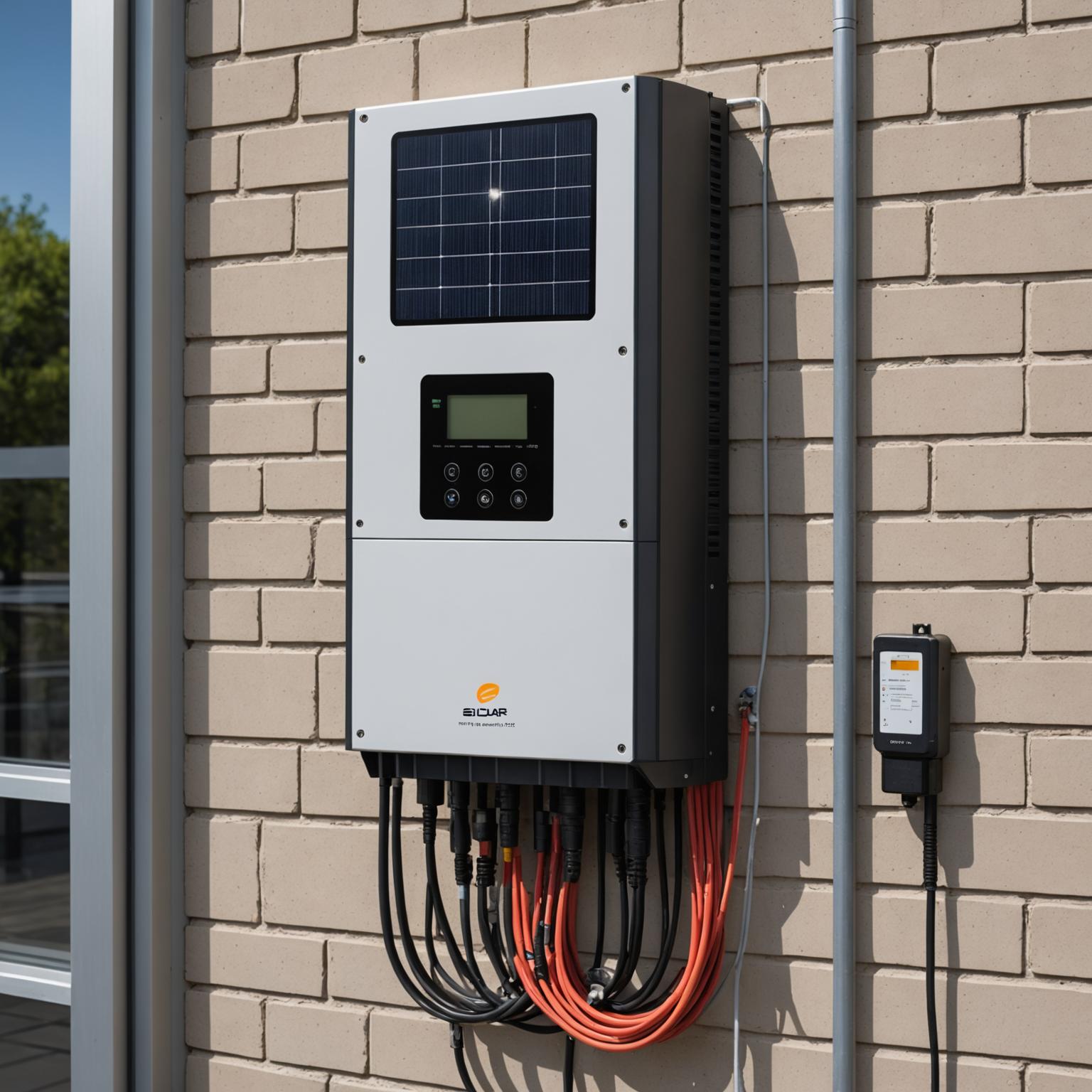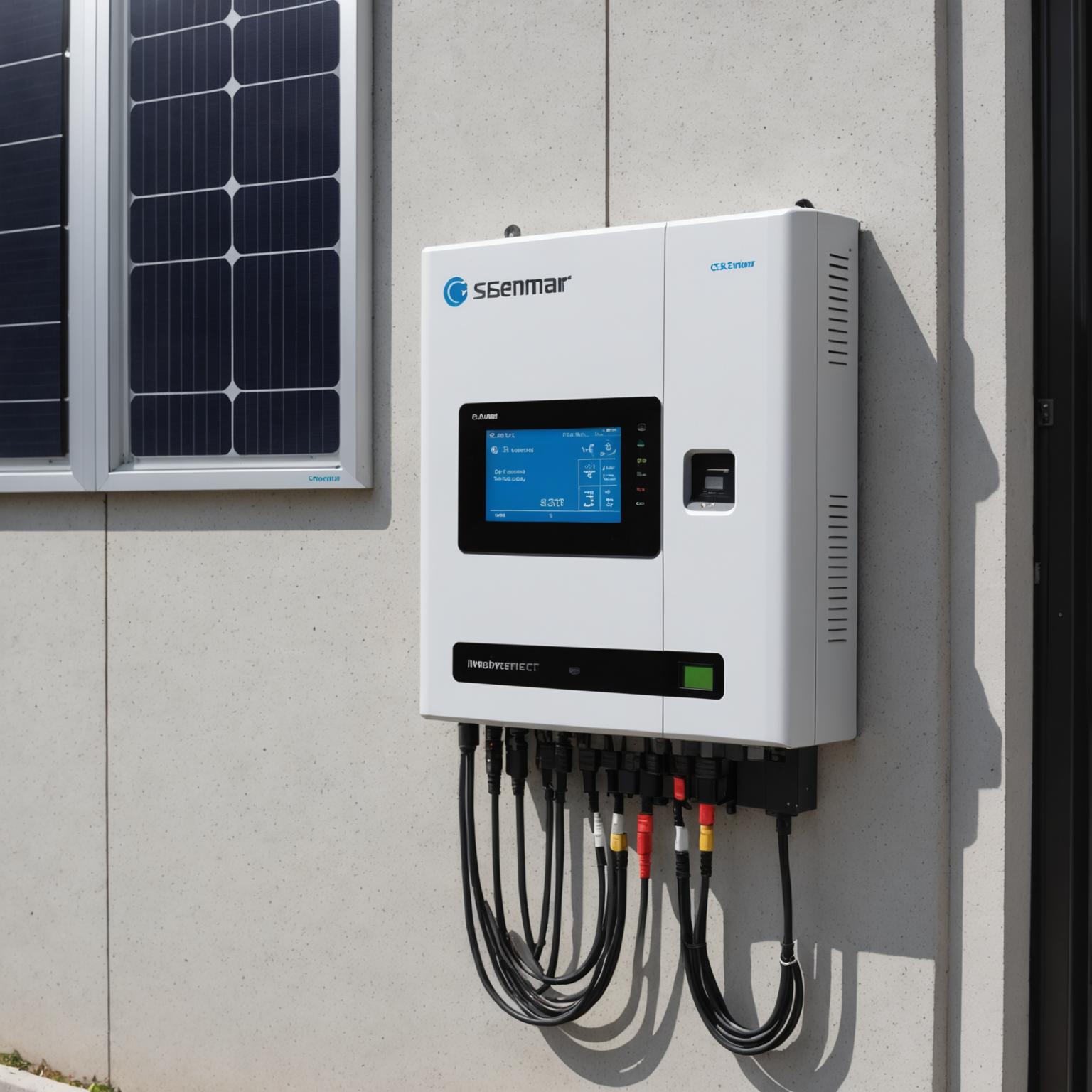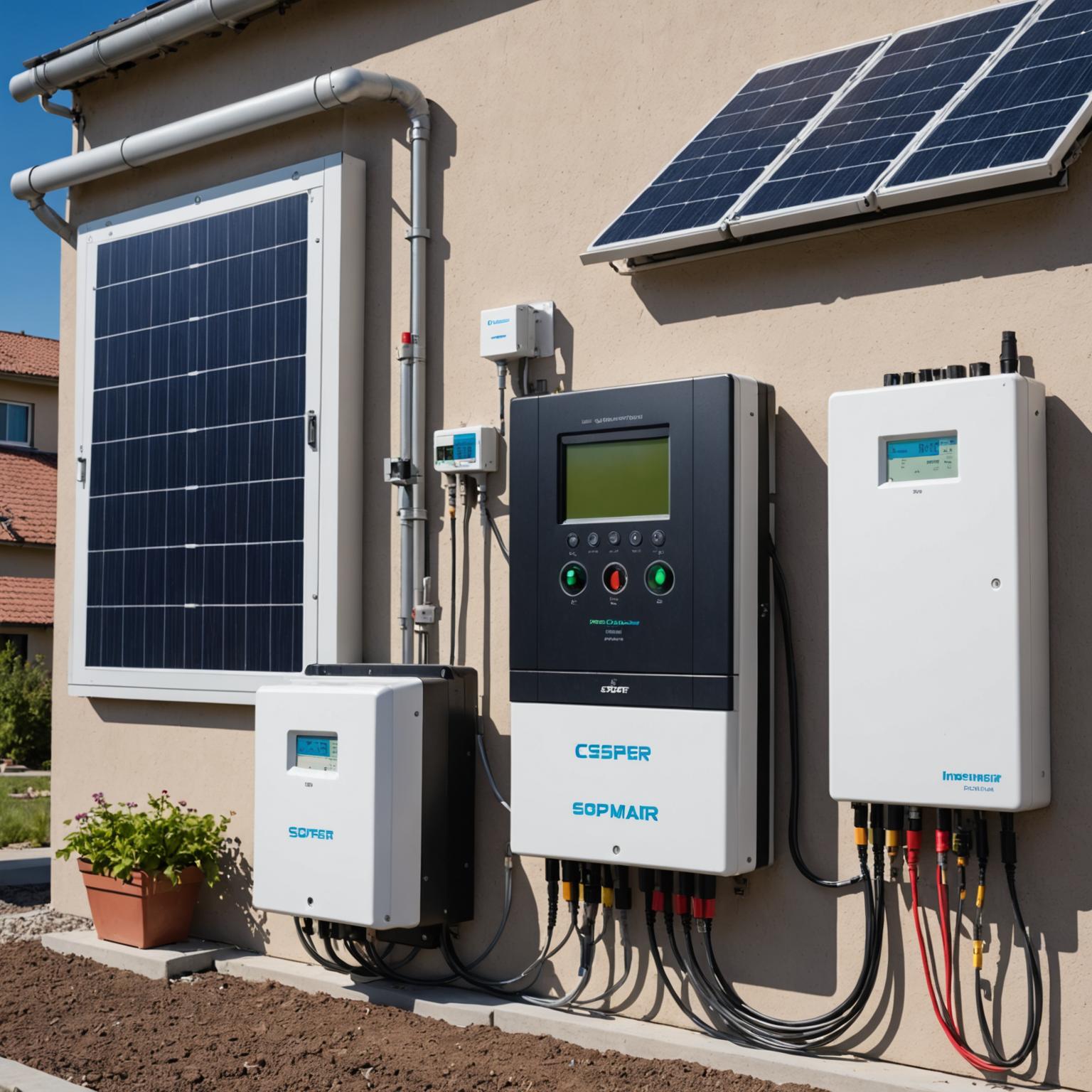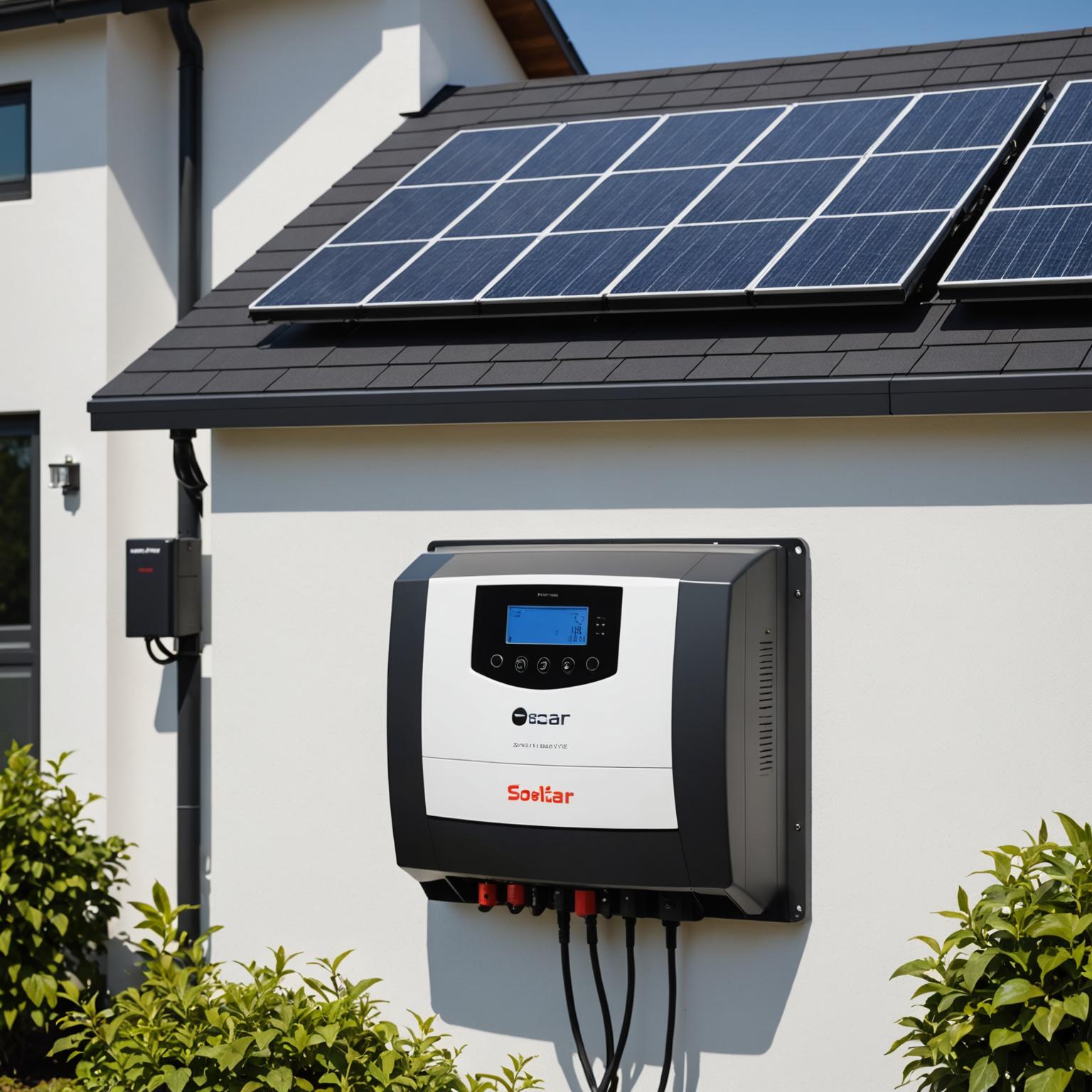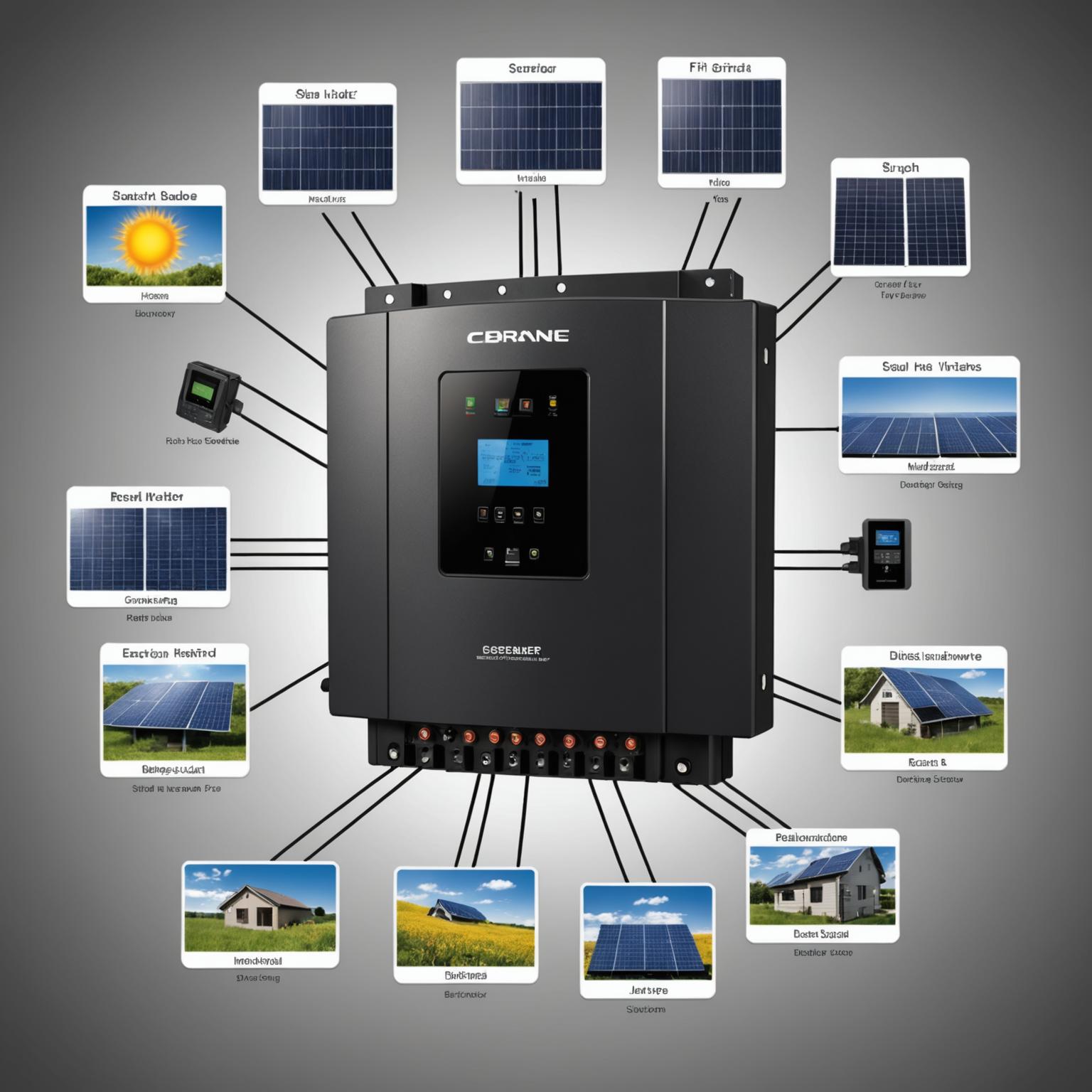
Bridging Markets and Innovation: Inside the Work of a Micro Inverter Exporter
Behind every successful solar installation — from small rooftops in Europe to hybrid grids in Southeast Asia — stands an extensive global network of manufacturers, engineers, and exporters.
Among them, the micro inverter exporter plays a critical connecting role, translating high-efficiency module-level technology into region-specific, regulation-compliant products.
Unlike domestic manufacturers, exporters must balance two worlds: the rigorous standards of international compliance and the local realities of climate, logistics, and service continuity. This intersection of precision engineering and practical adaptability defines how top exporters sustain long-term partnerships in the renewable energy sector.
Engineering for Export: The Global Logic of Micro Inverters
Micro inverters are unique among power electronics because they operate closest to the solar panel itself.
Exporting them across regions introduces significant challenges: electrical code variations, climate differences, and certification gaps.
A qualified exporter addresses these through multi-layered engineering adaptation, including:
-
Grid Code Calibration: Firmware designed to synchronize with voltage and frequency profiles across Europe, the Americas, and Asia-Pacific.
-
Thermal and Dustproof Housing: IP67-rated enclosures withstand humidity, UV exposure, and temperature extremes.
-
Universal Mounting & Connector Systems: Simplify integration across various PV module brands.
-
Communication Standards: Wi-Fi, PLC, or ZigBee compatibility for remote monitoring under global IoT frameworks.
These features ensure the same inverter can serve vastly different conditions — from cold northern rooftops to tropical coastal installations — without redesigning core hardware.
Regional Adaptability and Certification
A professional micro inverter exporter operates under a multi-standard compliance regime.
Each destination market requires adherence to specific performance and safety certifications:
| Region | Voltage & Frequency | Required Certifications | Common Applications |
|---|---|---|---|
| Europe | 230V / 50Hz | CE, EN, RoHS | Residential rooftops, community microgrids |
| North America | 120/240V / 60Hz | UL 1741, CSA C22.2 | Commercial & hybrid grid systems |
| Middle East & Africa | 230V / 50Hz | SASO, IEC | Heat-resistant hybrid setups |
| Asia-Pacific | 220–240V / 50Hz | BIS, SAA | Coastal and humid regions |
Exporters who manage these certifications internally can reduce lead times by up to 40%, allowing faster market entry for EPC contractors and distributors.
Furthermore, automated data-tracking systems record test cycles for each unit — enabling serial-based traceability, which is now a baseline requirement in Europe’s renewable energy import compliance.
Exporter’s Edge: How Manufacturing Discipline Becomes Market Advantage
In the global renewable supply chain, product quality is necessary but not sufficient. Export readiness is built on a series of operational pillars:
-
Process Precision – Surface-mount assembly (SMT) and automated solder inspection ensure consistency across production batches.
-
Digital Validation – Every inverter undergoes dynamic testing at multiple load points, simulating grid fluctuations.
-
Firmware Localization – Software pre-configured to match regional safety cut-off standards and communication protocols.
-
Lifecycle Assurance – Accelerated aging tests (6000h equivalent) validate 10–15 years of field reliability.
-
Data Integrity – Each exported product carries QR-coded manufacturing and performance logs for verification.
This layered approach allows exporters to guarantee not just electrical conversion quality, but operational traceability and regulatory compliance, two non-negotiables in global trade.
Practical Applications Across Markets
Micro inverters are deployed across sectors where safety, monitoring, and distributed efficiency are top priorities:
-
Residential Systems: Homeowners benefit from panel-level optimization, easier maintenance, and minimal shading losses.
-
Small Commercial Installations: Businesses achieve faster ROI through modular installation and easy scalability.
-
Hybrid Off-Grid Projects: Inverters operate seamlessly with energy storage and diesel backup systems.
-
Government and Institutional Deployments: Emphasize traceability, safety, and compliance documentation.
Exporters bridge the technology-to-market gap by providing adaptive firmware, tailored connectors, and logistics-ready packaging, ensuring compatibility upon arrival — a factor often underestimated in system design.
How to Select the Right Micro Inverter Export Partner
Choosing the right exporter isn’t about brand recognition — it’s about assessing the engineering and operational backbone behind each shipment.
Here’s how global buyers, EPC contractors, and integrators can evaluate candidates:
1. Certification Readiness
Always request region-specific documentation (CE, UL, IEC) before purchase. A qualified exporter can show complete compliance reports and testing certificates.
2. Firmware Adaptability
Exported inverters should allow configuration for different grid voltages, communication protocols, and hybrid control modes.
3. Quality Assurance Visibility
Ask for traceable batch reports, including burn-in testing results and component origin data.
4. Supply Chain Transparency
A dependable exporter maintains consistent logistics partners and provides serial-based tracking for every pallet shipment.
5. Technical Support Infrastructure
Post-sale service — from firmware updates to installation manuals — is crucial for maintaining system uptime abroad.
| Evaluation Area | Why It Matters | What to Verify |
|---|---|---|
| Certification | Ensures legal import | CE, UL, IEC documents |
| Firmware Flexibility | Fits multiple grids | Configuration logs |
| Batch Testing | Guarantees reliability | 72-hour burn-in proof |
| Logistics Consistency | Prevents customs delay | Serial tracking & documentation |
| After-Sales Access | Maintains ROI | Remote diagnostic tools |
Following this framework allows buyers to distinguish between production exporters (who merely ship units) and engineering exporters (who ensure grid-ready deployment).
Frequently Asked Questions
Q1: Can micro inverters from one exporter work in multiple regions?
Yes, if designed with modular firmware and wide operating voltage ranges. The exporter must pre-configure regional compliance profiles.
Q2: What causes shipment delays in solar inverter exports?
Incomplete documentation and missing certification labels are common issues. Reliable exporters plan compliance audits before production.
Q3: How long should an exporter warranty cover micro inverters?
At least 10 years is standard for global residential use; premium exporters provide 15–20 years with performance guarantees.
Q4: Are OEM or private-label micro inverters exportable under the same certification?
Yes, provided that the core electronics remain unchanged and documentation is updated for branding compliance.
Q5: What regions are currently growing fastest for micro inverter exports?
Asia-Pacific and Africa lead in volume, while Europe remains the strictest in certification and energy yield validation.
Building Global Trust Through Engineering
Exporting micro inverters is no longer about price competition — it’s about engineering maturity, transparency, and adaptability to multiple regulatory environments.
A reliable micro inverter exporter builds its reputation through consistent testing, smart logistics, and responsible post-sale support.
At Thlinksolar, this approach defines how technology meets compliance and how innovation reaches new energy frontiers.
To explore export-ready inverter solutions or partnership opportunities, visit our homepage or contact us directly through our contact page.
